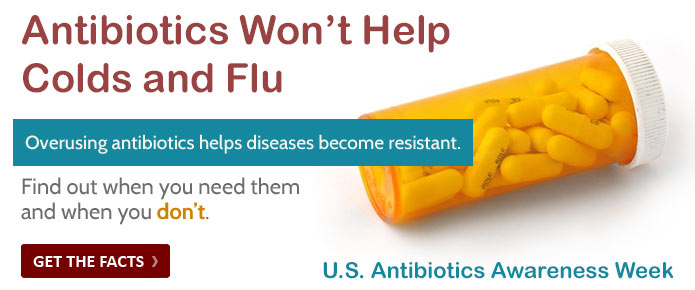
The Molecular Diagnostics section conducts testing to rapidly detect agents of bioterrorism and other infectious agents of public health importance. Our laboratory assists the MSDH in disease surveillance, detection, prevention, and control activities. We prepared to respond to emergencies and outbreaks that threaten the public's health, utilizing some of the most current methodologies and equipment available.
Tests and Technology
Tests Available
Molecular identification of bioterrorism agents such as B. anthracis, Brucella spp., Burkholderia spp., Ricin toxin, F. tularensis, Y. pestis, Varicella and Vaccinia virus is currently performed using real-time PCR and EIA protocols developed and distributed by the Laboratory Response Network of the Centers for Disease Control and Prevention (CDC). Our laboratory also performs MSDH-designed assays for the molecular detection of the following infectious agents: Bordetella species, Norovirus, Measles, Mumps, and Shiga-Toxin producing E. coli. Molecular subtyping of the food-borne disease-causing bacteria Salmonella, Shigella, Listeria and E. coli are also performed by our laboratory using pulse-field electrophoresis (PFGE) and is coordinated through PulseNet, the CDC's national foodborne disease detection network. This section also performs influenza A and B virus testing, influenza A subtyping, and influenza B genotyping primarily for surveillance purposes. Results are used to monitor state influenza activity. Testing and subtyping are performed using real-time reverse transcriptase polymerase chain reaction (RT-PCR) assays developed by the CDC.
Technology
Molecular Diagnostic assays utilize a broad range of techniques that enable the rapid identification of microorganisms at the genetic level. Our real-time PCR technology identifies the presence of bioterrorism or infectious agents within both clinical and environmental samples by detecting agent-specific RNA or DNA sequences. Potential bioterrorism agents can also be detected using immunoassays that detect certain antigens or toxins expressed by various bacterial agents. PFGE is used to produce DNA "fingerprints" that can be compared to a CDC database to determine whether a particular bacterial isolate related to a food-borne illness outbreak in Mississippi is related to a larger national outbreak.
Instrumentation includes conventional thermal cyclers, rapid cycle real-time PCR instruments, a multi-label fluorescence reader, a nucleic acid sequencer, and various automated nucleic acid extractors.
Laboratory Services Request
Detailed, current information on available testing, and guidelines for ordering, collection, transport, and submission of specimens is available in the Laboratory Services Guide. All requests for clinical testing must be made by a licensed physician or nurse practitioner.

